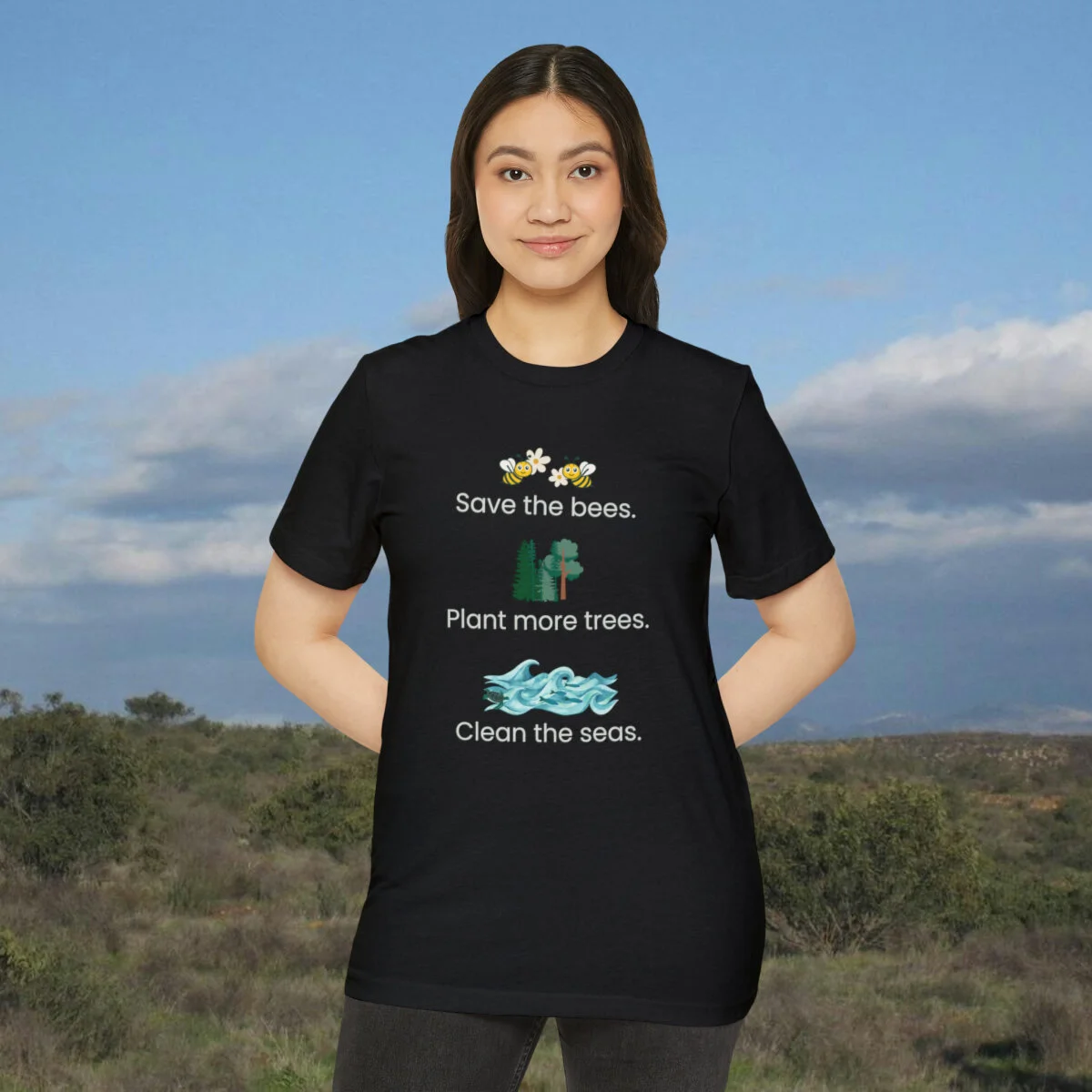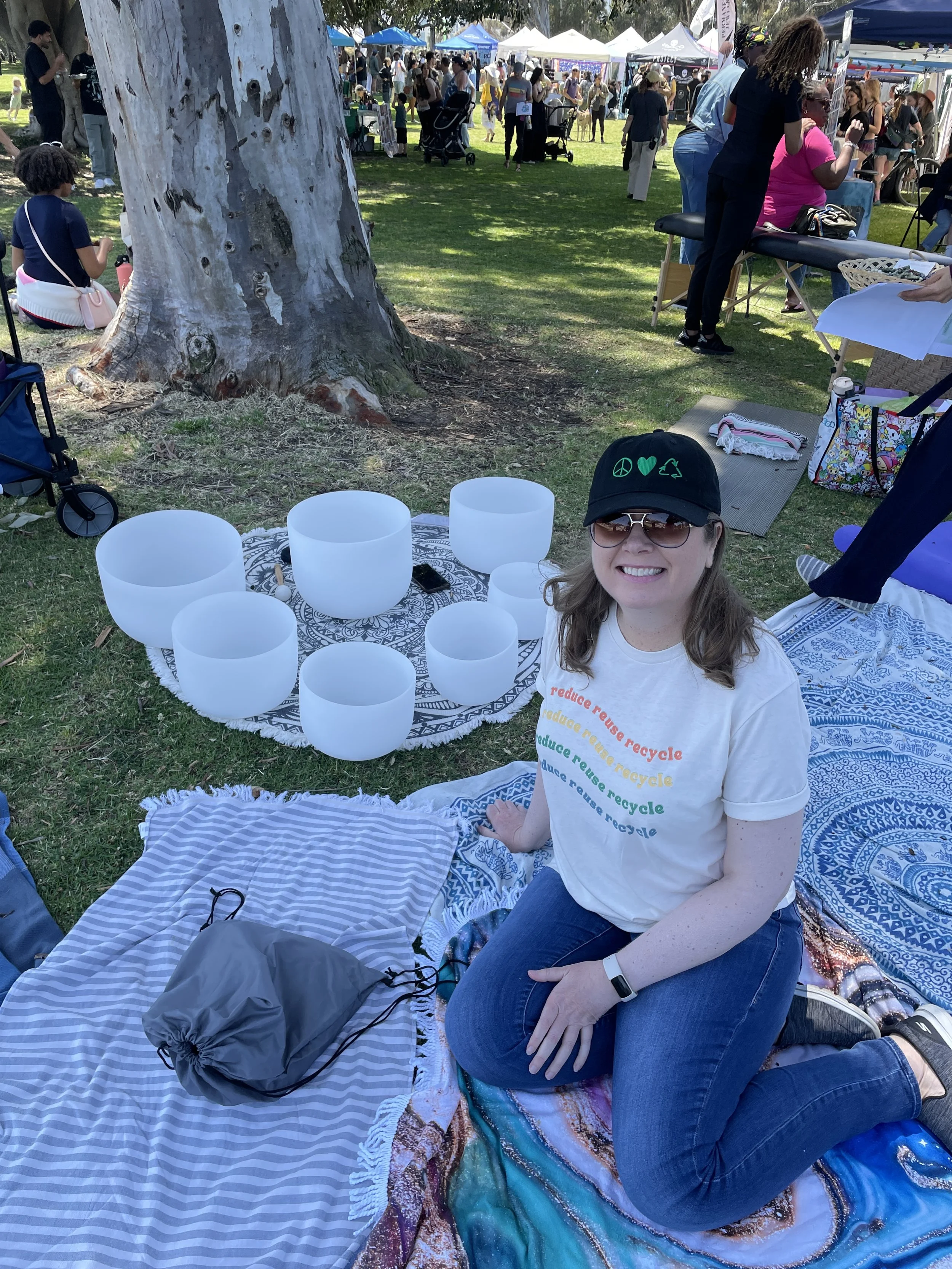Where Does Plastic Come From & What are Plastic Alternatives
Introduction
Plastics are harmful: Only 9% are ever recycled, and the remaining will last 500 years. They contaminate our planet and end up as microplastics, which end up in our food and bodies. Therefore, we need to avoid plastics as much as we can. Plastic is everywhere in our lives; sometimes it is life or death necessary, but other times, we may have better choices.
But if we are looking to avoid plastics, what exactly are we looking for? What are plastics called when we are buying products and looking for alternatives?
We often can identify plastic without knowing its more specific or scientific name: plastic water bottles, your plastic soap dispenser, the plastic to-go food container, etc. But sometimes, items are called polyester, resin, silicone, etc. Are those bad plastics?
We will address the following topics in this article:
Where does Plastic Come From? Mini-Science Lesson
Before we can better identify plastics, we should learn some basics about where plastics come from. In kindergarten-level language, we extract oil and gas from the earth, and single molecules (monomers) are bonded together and create polymers. Unprocessed polymers are referred to as resins when they are in liquid form. The resin is then processed and turned into the final plastic products.
Plastic Creation Process
Extraction of Raw Materials:
The process often starts with the extraction of raw materials, which are typically hydrocarbons derived from crude oil or natural gas (i.e., fossil fuels where the combustion of fossil fuels releases carbon dioxide (CO2) and other greenhouse gases into the atmosphere, contributing to climate change). The raw materials are then chemically processed to produce specific monomers. The choice of monomers depends on the desired properties of the final plastic product.
Monomers to Polymerization:
Monomers (single molecules) undergo polymerization. Polymerization is a chemical reaction in which monomers are chemically bonded together to form a polymer—a large, chain-like molecule composed of repeating structural units.
Polymer to Resin:
The term "resin" is often used to refer to a polymer's raw or unprocessed form. So, the polymer can be called a resin when it's in its liquid or semi-liquid state before being processed into its final form.
Resin to Plastic:
In its raw state, the resin is typically processed, molded, or otherwise treated to create the final plastic product. "Plastic" refers to the finished, solid form of the material initially in a resin state.
The recycle numbers you see on products are called Resin Identification Codes (RIC). So now you know what resin is! Different types of resins turn into different kinds of plastics. Read more about recycling codes here.
Not all Polymers are Plastic
We also need to understand that all plastics are polymers but not all polymers are plastic. The distinction often lies in the physical properties and uses of the material.
All Plastics are Polymers:
Plastics are a type of polymer that exhibits specific characteristics, such as malleability and the ability to hold a particular shape after molding. Examples include polyethylene, polypropylene, polyvinyl chloride (PVC), and many others.
Not All Polymers are Plastics:
Polymers include a wide range of materials. For example, natural polymers like proteins (found in living organisms) and DNA are not considered plastics. Additionally, certain synthetic polymers, like those used in adhesives or coatings, may not be considered plastics because they have different moldability and form-holding properties.
Okay, enough with the science lessons. Let’s get to what is important: what should I buy or not buy?
Is Polyester Plastic?
Yes, polyester is plastic. So keep this in mind when you are shopping for your next outfit. Specifically, polyester is a synthetic polymer that falls under the category of polyesters. Polyester is made through the polymerization of ester monomers. In textiles, the term "polyester" is commonly associated with a specific type of polymer called polyethylene terephthalate (PET). PET is widely used to make synthetic fibers for textiles and to produce plastic bottles for beverages.
Polyester has several desirable properties, including durability, wrinkle resistance, and moisture-wicking capabilities. However, it is worth noting that polyester is derived from petrochemicals, and its production involves processes that have environmental implications. Recycling of polyester, particularly in the form of PET bottles, is common, and recycled polyester is often used to make new products, contributing to sustainability efforts in the textile and packaging industries.
We offer recycled polyester in the Stepping Green shop. We aim to avoid new polyester.
Is Silicone Plastic?
No, silicone is not considered a plastic. Silicone is a synthetic material made from silicon, oxygen, carbon, and hydrogen. It belongs to a class of materials known as polymers, but it has distinct properties that set it apart from traditional plastics.
Key characteristics of silicone include:
Heat Resistance: Silicone can withstand high temperatures without deforming or releasing harmful fumes, making it suitable for various kitchen and cooking applications.
Flexibility: Silicone is flexible and elastic, allowing it to be used in various products, including bakeware, kitchen utensils, and medical devices.
Chemical Stability: Silicone is resistant to chemicals, contributing to its durability and suitability for various applications.
Non-Toxic: Silicone is generally considered non-toxic and safe for use in food-related and medical applications.
Inertness: Silicone is inert and does not react with most substances, making it suitable for applications where materials need to remain stable and unchanged.
While silicone shares some properties with plastics and is used in similar products, it is a distinct material with unique characteristics. Unlike traditional plastics, silicone does not contain carbon-based polymers and is not derived from petrochemicals.
Alternatives to Plastic
Recycled polyester clothing is an alternative to new polyester (find some in our shop!).
For your water bottle, consider stainless steel.
Polywood furniture utilizes recycled products in its materials.
To avoid using plastic wrap, check out Bee’s Wrap food wraps.
Blueland carries multiple products to help avoid plastic jug containers for your household cleaners.
Hippo Sak produces plant-based garbage bags - they are just as durable as plastic!
Avoid the plastic produce bags at the grocery store and bring your reusable bags.
All of the above and more are available on our affiliate products shop.
Conclusion
Plastic is made from fossil fuels, contributing to greenhouse gasses that negatively impact climate change. Plastic also becomes microplastics as it sits on our planet for hundreds of years. The only way to improve is to do our best to avoid plastics. Look for recycled plastics or products that contain zero plastic. There are many alternatives available if you just look. We can make change with our wallets by buying from sustainable companies. Every small change makes a difference.








